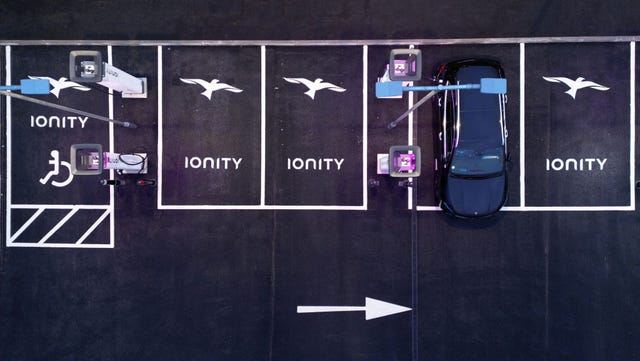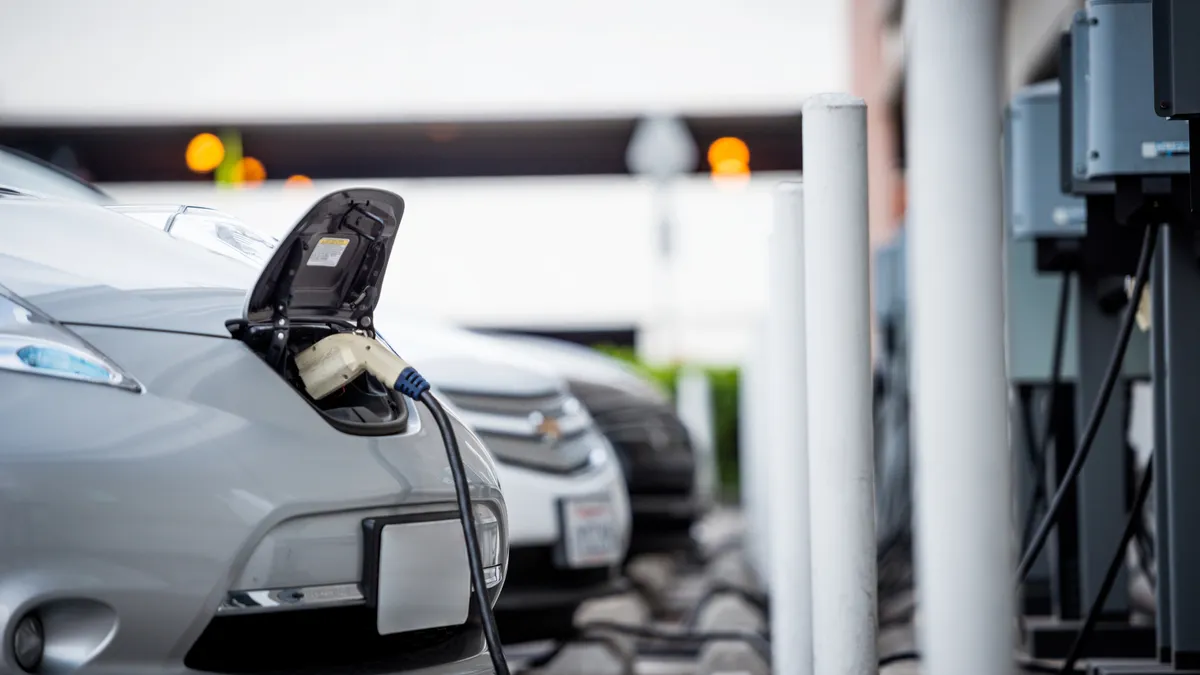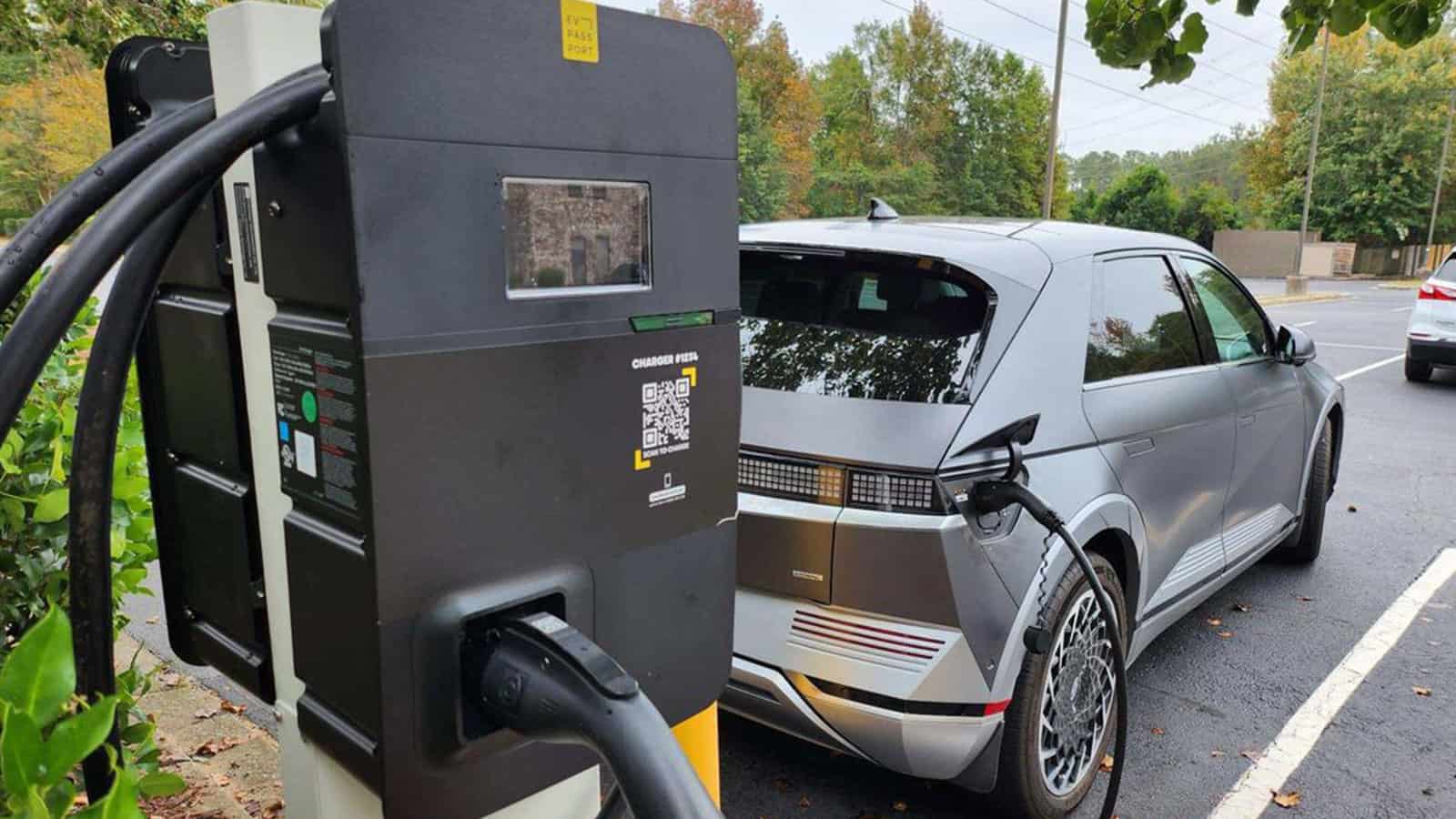New Dope in EV Charging: Just How the Industry Is Developing to Meet Demand
As the electrical car (EV) market proceeds to broaden, the charging framework is undergoing substantial makeovers to deal with the rising need. The ramifications of these advancements increase important concerns regarding the future of EV billing and its function in the broader power ecological community.
Development of Billing Framework
The fast development of electric automobile (EV) billing facilities is an important element in facilitating the extensive adoption of electric movement. As federal governments, personal business, and consumers increasingly acknowledge the significance of decreasing carbon exhausts, financial investments in charging networks have risen. This framework development is necessary to alleviate range anxiousness, making sure that EV users have convenient access to billing stations.
Substantial improvements accountable terminal modern technology and release methods have actually arised. Urban areas are seeing a spreading of public billing terminals, while rural regions are gradually being integrated right into the charging network. In addition, partnerships between automotive manufacturers and charging companies are coming to be more common, promoting the facility of extensive networks that improve customer experience and accessibility.
Additionally, the assimilation of eco-friendly energy sources right into charging terminals is obtaining momentum, advertising sustainability in the EV environment. This shift not only sustains environmental objectives however also straightens with the increasing demand for eco-friendly power remedies among customers.
Ultra-Fast Charging Technologies
Ultra-fast charging modern technologies represent a substantial jump onward in the EV charging landscape, allowing electric lorries to recharge in a fraction of the moment compared to standard charging methods. These developments normally deliver power levels going beyond 150 kW, with some systems reaching up to 350 kW or even more, significantly lowering billing times to just 15-30 minutes for a significant charge.
Secret making it possible for innovations consist of advancements in battery chemistry, power electronics, and thermal management systems. For example, high-capacity batteries with boosted thermal stability enable faster billing without overheating. In addition, advancements in billing infrastructure, such as liquid-cooled cable televisions and modular billing stations, assist in efficient power transfer, improving the general user experience
Significant automotive manufacturers and innovation companies are proactively purchasing ultra-fast charging networks, acknowledging the important function they play in getting over range stress and anxiety and increasing the fostering of electrical vehicles. As these technologies become much more commonly available, the EV market is anticipated to witness significant growth, making electrical flexibility a more attractive alternative for customers. Generally, ultra-fast billing technologies are pivotal in forming the future of lasting transport, leading the method for a much more reliable and comprehensive charging environment.
Smart Grid Combination

With need feedback approaches, wise grid systems can readjust billing timetables based upon grid problems and electrical power pricing. During periods of high need, billing can be postponed to off-peak hours, resulting in reduced expenses for consumers and lowered strain on the grid. Additionally, vehicle-to-grid (V2G) technologies enable EVs to discharge energy back into the grid, providing secondary services and improving grid stability.
Assimilation with renewable resource resources better improves the sustainability of EV charging. By aligning charging activities with durations of high solar or wind generation, wise grids promote a greener charging framework. Inevitably, wise grid assimilation not just supports the expanding need for EVs yet also adds to an extra resistant and sustainable energy future, placing the sector for long-lasting success.
Battery Technologies
Among the quick development of electric lorries (EVs), battery innovations stand at the center, driving improvements in sustainability, efficiency, and efficiency. As the demand for EVs surges, scientists and manufacturers are concentrating on enhancing battery modern technologies to deal with difficulties such as array anxiety and billing times.
Lithium-ion batteries stay one of the most extensively used modern technology, yet new materials and chemistries are emerging to improve energy thickness and long life. Solid-state batteries, for example, guarantee better power storage capacity and enhanced security by changing fluid electrolytes with strong ones. This change might dramatically reduce the risk of fire and enhance the lifespan of batteries.
Moreover, improvements in battery reusing procedures are crucial Click This Link for sustainability. Companies are developing methods to recoup valuable products like lithium, cobalt, and nickel from made use of batteries, advertising a circular economic situation and reducing environmental effect.

Worldwide Charging Specifications

Initiatives are underway to develop global charging requirements that promote compatibility amongst various EV designs and charging terminals. Organizations such as the International Electrotechnical Payment (IEC) and the Society of Automotive Engineers (SAE) are working collaboratively with vehicle suppliers and power suppliers to develop comprehensive guidelines. EV Charging news. These requirements goal to simplify the billing procedure, lower the demand for multiple adapters, and enhance user experience
Moreover, standardization can considerably reinforce the growth of the charging network, as it encourages investment by making infrastructure development more predictable and efficient. As the EV market grows, a unified strategy to billing requirements will be important for making sure that consumers can charge their vehicles comfortably and accurately, consequently supporting the broader transition to lasting transport.
Final Thought
The electrical car billing industry is going through considerable makeover to deal with the rising demand for lasting transportation. Developments in charging facilities, ultra-fast innovations, smart grid integration, and ingenious battery remedies are pivotal in enhancing individual experience and functional performance.
Urban areas are seeing a proliferation of public charging terminals, while country regions are slowly being incorporated right into the charging network. Furthermore, growths in billing infrastructure, such as liquid-cooled cords and modular billing terminals, facilitate effective power transfer, improving the total customer experience.
Overall, read this article ultra-fast charging innovations are essential in forming the future of lasting transportation, paving the way for a much more substantial and reliable charging community. - EV Charging news
By lining up billing activities with durations of high solar or wind generation, wise grids advertise a greener billing framework.Initiatives are underway to develop international billing criteria that promote compatibility amongst numerous EV versions and billing terminals.